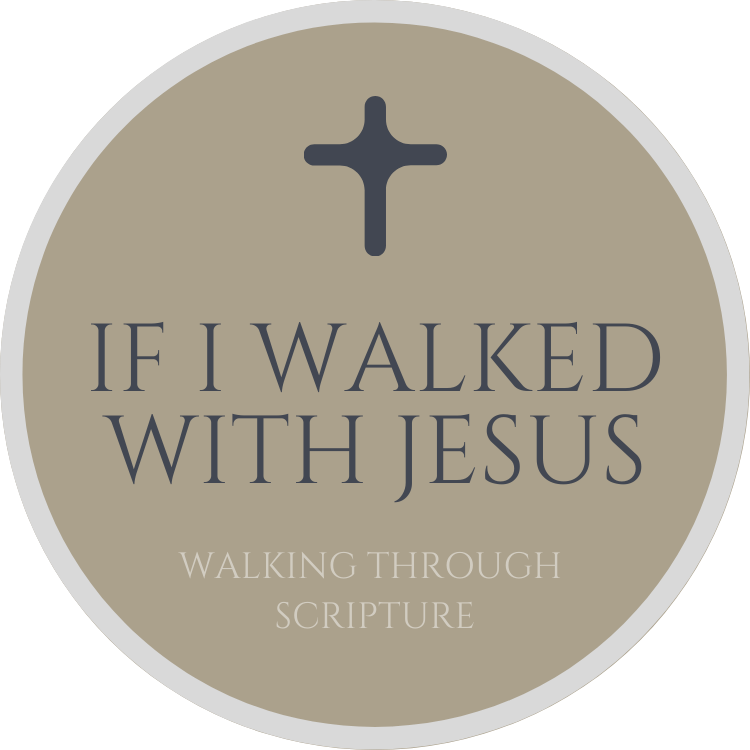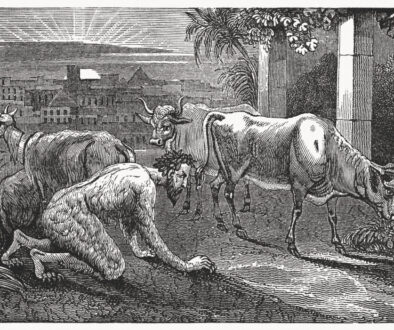Ezekiel 40:28-49 New Temple Pt 3
Today we will see the entrances to the inner court and the court itself. God is giving Ezekiel great detail for the construction of this new Temple that he will pass on to his fellow exiles. And they will pass it to their children and children’s children.
The bronze man takes Ezekiel into the inner court through the South gate. Other than having eight instead of seven steps, it is exactly the same size and design as its counterpart in the outer court. The East gate also is identical to its counterpart; except the steps. The North gate will differ in furnishings and purpose.
The structure of the North gate is the same as the other five gates. But the North gate is designated as the place where the sacrifice is killed, dressed, and washed. There is a designated room for washing within the gate itself. There are four tables within the gate where the offering is to be killed too. There are more tables on the outside of the gate beside the stairs.
This is where I get a bit confused. I’m not sure if there are four tables on each side or two. The statement about eight tables could be including those inside and outside. I am also uncertain about the purpose of each table. Are we looking at pairs of tables where one is for the instruments while the other is for the task? The tables on the outside (at least) have hooks on them. I assume this is for rending the meat. So, does this mean that the offering is killed in the vestibule, taken back out for rending, and then presented for washing before the priests do the final step of offering the sacrifice?
The priests did ALL the steps of offering the sacrifice, including killing the animal. The individual was responsible to present a clean animal to the priests and then receive his portion back once it had been offered on the altar. As near as I can discern, ceremonially clean Jews were allowed inside the inner court and could observe the priests at work. But this is as far as the common Jew was allowed to go. The gentiles were NOT allowed in the inner court. To enter the inner court, for all but the Jews, was punishable by death. The inner courtyard itself was 100 cubits x 100 cubits. The same distance as between the outer and inner gates.
There are two more structures at the Inner Court North gate that, so far, are not seen at any of the other gates. These structures are for the priests. One is for the priests who minister to the people and the other for the priests who minister to God. Yes. There is a separation between the two. These priests come from the same line in the tribe of Levi; that of Zadok. But they are assigned very different roles. I’m assuming that this is done by drawing lots, as it was in the time of the Tabernacle. Zacheriah, John the Baptist’s father drew the lot for service to the Lord. No priest would step back and forth across that line of separation during his time of service. These two rooms preserved the separation and served the needs of the priests.
The line of Zadok is a refined line of Levi. Zadok was the priest who stuck by King David in ALL his troubles. For his loyalty to David and God, he was set apart for service. His descendants would be the only ones allowed to enter the holiest places and minister directly to God and to also perform the sacrifices on the altar.
It looks as if the statement about the altar in the inner court is tossed in at the last moment. We know this isn’t true, as this is where the final destination of the sacrifice (in its raw form). Here the sacrifices were ALL offered to the Lord. From here the people’s portion of the sacrifice began its journey back to the one who presented it. The altar is NOT an afterthought. It will be revisited in detail later on. But for now, Ezekiel will pass it on the way to the last place where the ordinary man can view the work going on in the Temple.
The bronze man takes Ezekiel to the vestibule of the Temple building itself. This vestibule is MUCH smaller than those of the gates of either courtyard. I also don’t see the mention of decorative carvings here. We see ten steps and pillars, beyond the measurements. I have a feeling we will revisit this place too in the future. This would be the place where the king would address the people. The corresponding place is where Solomon dedicated the first Temple and where Josiah read the Law and called the people back to the Lord. A solemn place. And the last place the people could observe the movements of the priests who ministered to the Lord. Beyond here, the ordinary man could not go.
Father God, thank You for allowing me into Your courts. I am a gentile but am grafted into Your family. YOU have made me clean! THANK YOU Jesus for being my Sacrifice! I have no need for another. Which brings me to ask Father, why these things are still included in this Temple? Is it because it’s the only thing the people knew? Is it because they would not accept a Temple where sacrifices weren’t required? Will it be for a time when the people believe that this is the way to You?
Once again, I leave the answers to these questions in YOUR hand and will trust You with whatever answer You give me. I’m Your child. Lead me where You will.



